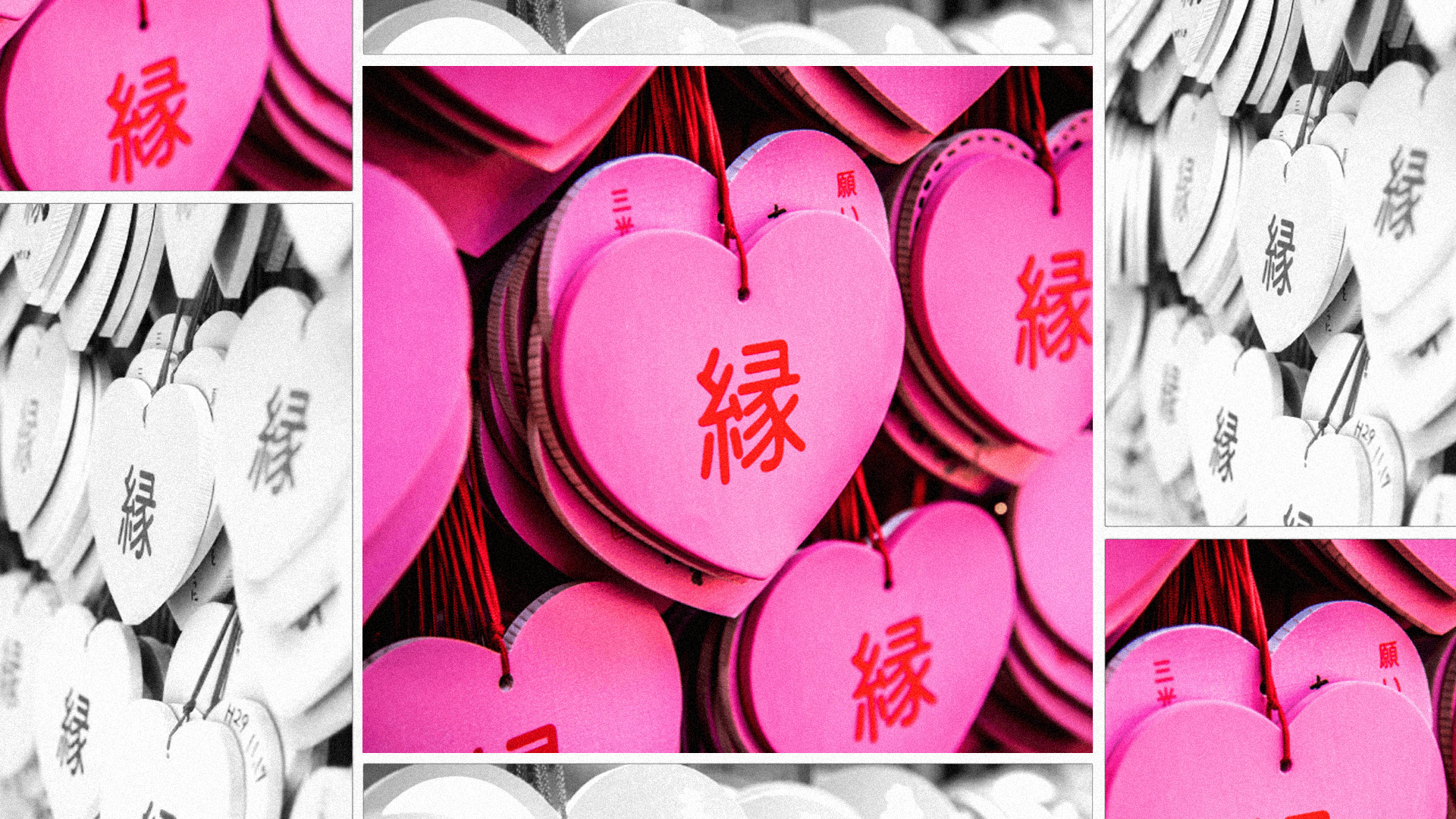The history behind Japan’s post-Valentine’s holiday is one of miscommunication, hierarchy, and obligation.
Worldwide, Valentine’s day takes on the familiar form of commercialised love. Red roses and heart shaped chocolates abound. But in Japan, the holiday follows rituals of its own – each with their own labyrinthine of social obligations.
On the 14th of February, Japanese women are traditionally the gift-givers, still opting for the humble chocolate to display their affections. Only these chocolates aren’t just gifts; they’re currency in a carefully calibrated hierarchy of relationships.
The distinctions between the multiple types of Valentine’s chocolate in Japan are subtle but significant. Honmei Choco is arguably the most important of the season. It’s typically handmade and comes at a higher price point, designed to be gifted to significant others and spouses.
Next comes Giri Choco, a more standardised, affordable chocolate in nondescript packaging. This sweet is gifted to colleagues, bosses, and other male acquaintances as a sign of obligatory respect.
The market has exploited this detail, meaning Giri Choco is responsible for upholding much of Japan’s chocolate economy. If you’re expected to gift it, you’re expected to buy it. Call it an unavoidable festive purchase – much like the Christmas present.
Tomo Choco has grown in popularity in recent years, and is representative of platonic love. Girl friends might gift this to one another to show their affections, mirroring the rise of ‘galentine’s’ celebrations in the West. Tomo Choco is usually trendy and colourful, and crucially, the most fun to give.
Last but certainly not least, there’s Mai Choco. This chocolate is meant to be bought as a gift to yourself – the perfect representation of self-love. Japan’s luxury chocolate market has wasted no time jumping on this trend, either. Many high-end confectionary brands now cater to women buying Mai Choco for themselves.

So with all of these variations of Valentine’s gifting, the question is how and why? When did Japan arrive at this distinct and frankly overwhelming chocolate hierarchy? The answer lies in a mishap of cross-cultural communication.
In the 1950s, an American chocolate company sought to introduce Valentine’s Day to Japan. But a mistranslation of their advertisement led people to believe it was a day when women gave chocolate to men. And so began the tradition where women – sometimes begrudgingly – hand out sweets to bosses, colleagues, and classmates, in a gesture of social maintenance rather than romantic devotion.
And just when you thought that was enough rules and regulations for one holiday, White Day comes along exactly one month later to add another layer of complexity to the whole thing.




















